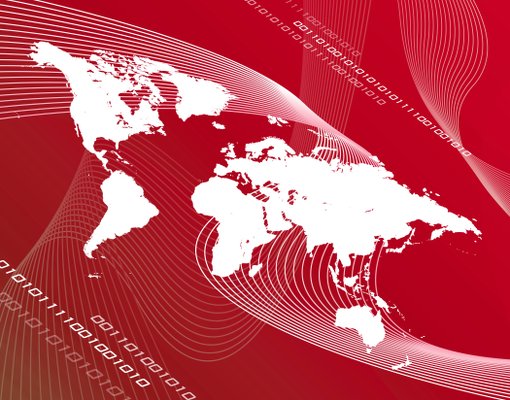About IDEA4CPS
Background
We encounter and use intelligent software systems embedded in a variety of contexts – usually without being aware of it. From our mobile phone to the ticket machine at the train station. From the automatic barrier at the car park to the personal insulin pen. The embedded software systems of the future will increasingly form a part of extensive self-organised networks – the so-called cyber-physical systems. The houses of the future will contain a number of small computers with associated sensors for measuring and monitoring different conditions such as temperature, heat, light and the general well-being of the inhabitant concerned. The cars of the future will be constantly ”communicating” with each other about things such as road condition and optimal speed with regards to avoiding pile-ups and other road hazards.
But how do we ensure that these increasingly complex cyber-physical systems – the backbone of the society of the future – are correct, reliable, useable, efficient, optimal, fault-tolerant and resistent to hacker attacks? What we currently need is a comprehensive, mathematically well-founded theory with methods and tools to match, which will make it possible to model and analyse all the above-mentioned elements, including specifically quantitative aspects such as time and energy as well as the security aspects of unauthorised use, which are particularly important in connection with cyber-physical systems.
About IDEA4CPS
The participants in the Danish-Chinese basic research centre IDEA4CPS have contributed in a crucial manner with significant modelling and analysis elements, and it is the purpose of the centre to utilize these as the corner stones of a comprehensive theory through a focused collaborative effort.
The Chinese groups have mainly worked with mathematical modelling and testing the service layers of network-based systems, whereas the Danish research groups have worked with modelling and verification of the underlying execution platforms and network protocols. Thus, the groups involved complement each other, but since all partners have strong roots within so-called process algebra, the collaborative potential is large.
Even though the primary aim is of a strictly basic-research character, the overall problem is of major practical significance. The partners hope that in time, the research results will lead to an improved engineering practice and contribute to a significant increase in the quality of the cyber-physical systems developed.
